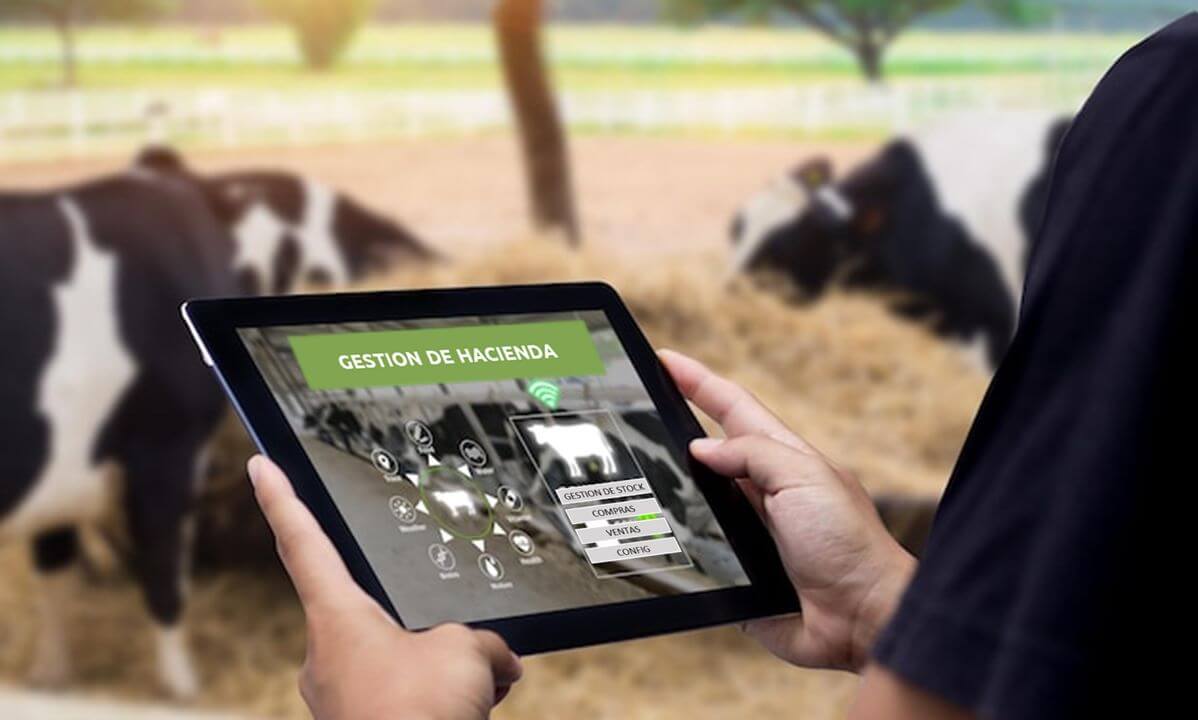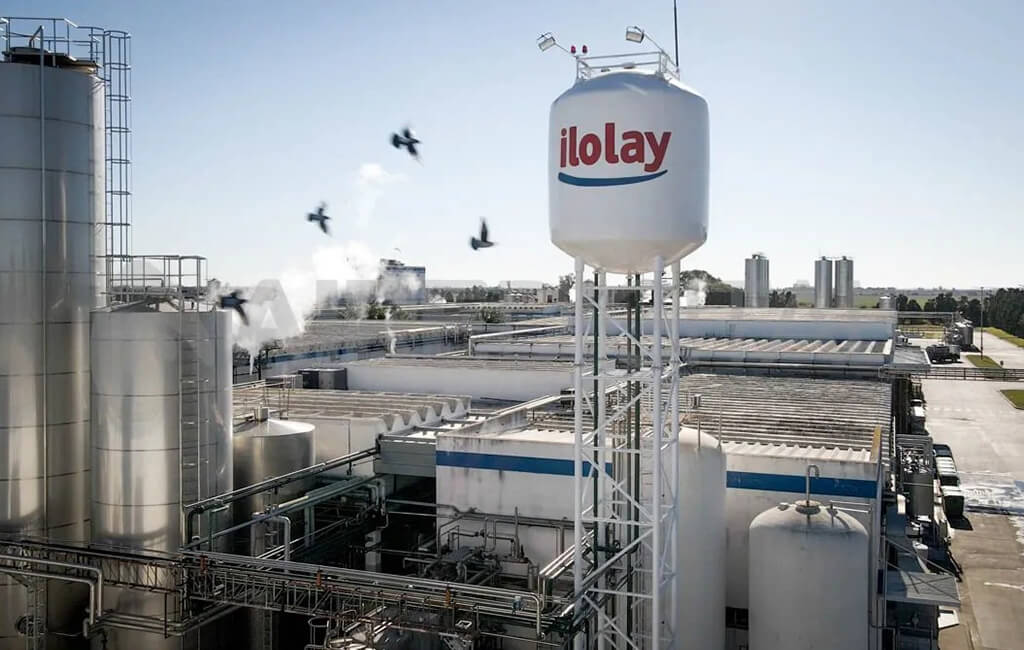When we talk about agile methodologies, we don’t limit ourselves to thinking of a tool, but rather an integrated strategy that drives organizations to manage projects with speed and flexibility. YPF, Argentina’s flagship company, saw an opportunity to challenge itself, innovate, and optimize operations. The company embraced agility, broke the mold, and became a shining example of constant adaptation.

YPF, short for Yacimientos Petrolíferos Fiscales, S.A., is an Argentine energy company playing a crucial role in the country’s economy. Dedicated to the exploration and exploitation of oil and gas, its leadership position spans the entire value chain, from production to refining and fuel sales. In addition to hydrocarbons, YPF is also involved in electricity generation and renewable energies.
This is why YPF is a cornerstone of Argentina’s energy landscape, driving the country’s growth and sustainability.
Over its 100-year history, YPF has successfully adapted to changing circumstances while becoming part of the everyday life of Argentines through its wide range of products and services. YPF’s presence extends across the country, leaving its mark in every corner.
The Challenge:
In a particular context, the company faced significant challenges related to the simplification and optimization of processes in Downstream and YPF GAS. The business aspired to turn its expectations into reality and was at a critical moment. But how to achieve this? By breaking the mold. To carry out the desired transformation, it was essential to move away from traditional hierarchical structures and adopt an agile approach. The traditional methods that had driven growth for so many years needed to open up to new ways of doing things and innovating. Deep-rooted habits in hierarchical structures had created cumbersome processes with multiple steps and approvals. To continue growing, transformation was required, based on four strategic keys:
- Empowering teams, giving autonomy to each cell to identify, suggest, and apply process improvements. Self-management became the norm.
- Smart prioritization, using a method to prioritize projects. Not everything would be urgent; the focus needed to be on what was essential.
- Cross-functional structures, with roles and hierarchies reconfigured. The emergence of multidisciplinary cells fostered collaboration.
- Unified vision, to eliminate the “silo effect,” while time management benefited from shared vision. Everyone rowing in the same direction.

The Solution:
With the leadership of the Processes area and a comprehensive diagnosis that set the stage for change, YPF Gas and YPF Downstream opened a new chapter in their history through the creation of agile, multidisciplinary, cross-functional cells. Each cell focused on a specific project for process improvement. This transformational approach became one of the company’s strategic objectives, marking a crucial milestone in its evolution. A culture of innovation and spaces for benchmarking allowed YPF’s leadership to solidify through collaborative networks and the creation of value.
The keys to executing this solution translated into the following pillars of transformation:
- Role reconversion: Roles in processes and business areas were redefined to adapt to the new agile approach.
- Adoption of the agile mindset: Teams were guided and facilitated to ensure active incorporation of knowledge and new habits. At the same time, key roles were empowered through coaching and mentoring.
- Maturity evaluation: The maturity of each cell and its roles was assessed to determine when they were ready to advance or become autonomous.
- Community of practice: A collaborative network was created, which also served as a reference point for solving business challenges.
- OKRs and performance metrics: Key objectives and metrics were established to measure success and generate learning.
To implement these strategies, various activities were carried out, such as Quality Ambassador workshops, planning the creation and formation of cells, defining scope through Inception, accompanying the lifecycle with a roadmap, facilitating events, calibration and feedback with cell leaders, and continuous evaluation of team maturity.
The organization transformed into a collaborative network where experimentation and learning have become routine practices.
The Result:
During these years of collaboration with YPF, the company has undergone a remarkable evolution. Starting with just three work cells, the initiative has grown to impact ten cells: two already completed and eight still in progress, five of which are autonomous, and three continue receiving support. This growth has expanded the initiative’s reach from 130 to 287 people involved.
The adoption of agile practices has also extended to YPF’s training platforms, enriching the knowledge and skills of its employees. Many collaborators, part of the Scrum teams in different cells, have taken on various roles such as Scrum Master, Product Owner, and Developers. Internal communication has been revitalized by the agile mindset, with materials created to facilitate understanding of how agile initiatives influence the organization, promote participation, and reflect agile principles and values.
The year 2022 marked a turning point for YPF, standing out for significant achievements resulting from this new approach and fostering a culture of innovation. The tangible and effective results of these initiatives have gained the support, promotion, and recognition of business management.
With the implementation of agility in cells focused on process improvement and the development of agile skills and competencies, YPF has taken a step forward in its efficiency. This evolution reaffirms its leadership and ability to adapt to complex environments, and continues to strengthen its history of innovation. In this new chapter, flexibility, collaboration, continuous learning, a customer focus, measurement, and continuous improvement are the undisputed protagonists, guiding the company towards an even more promising future.



















